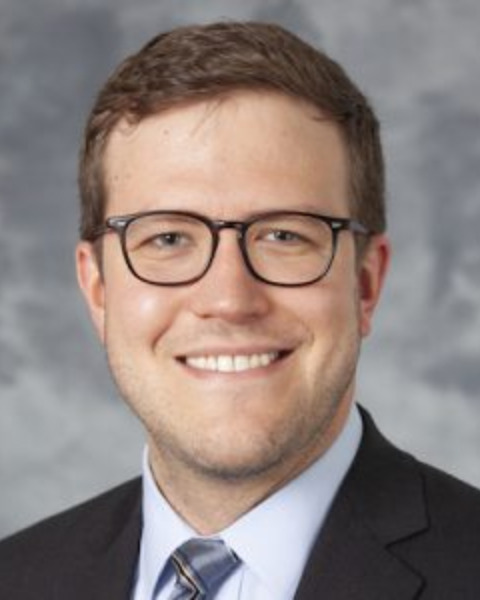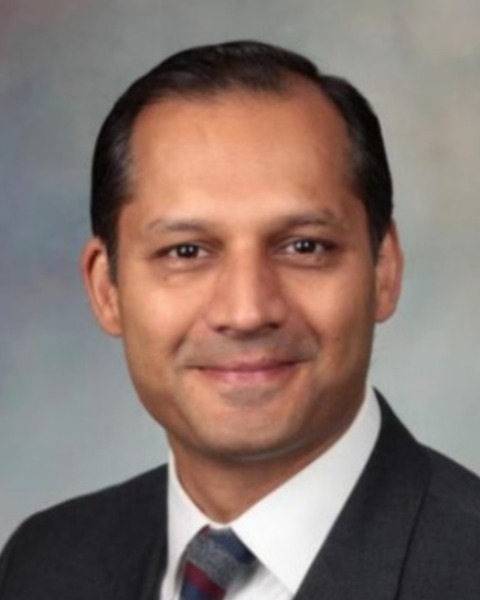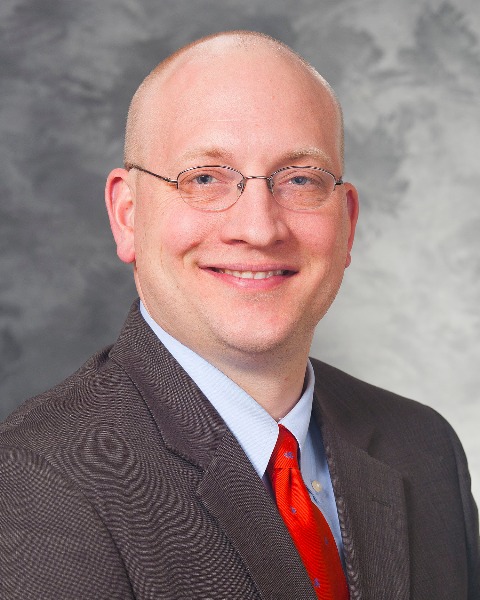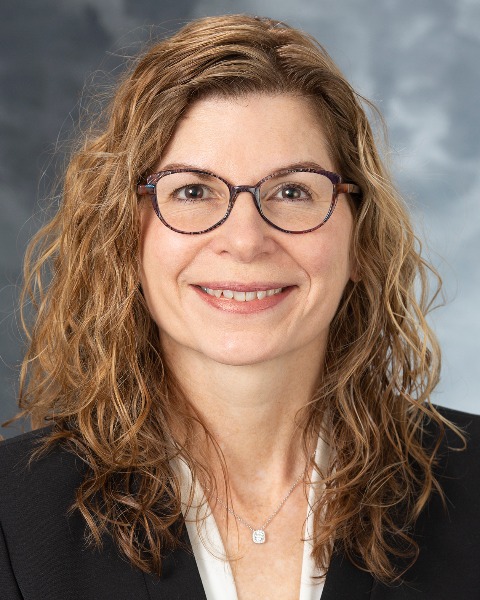Quality Improvement/Clinical Outcomes
E378: Not All Readmissions Are Equal - A Nationwide Analysis of the Cause & Factors Associated with Death during Readmission Visits after Major Cancer Surgery

Saad Mallick, MD
Medical Student
Aga Khan University, School of Medicine, United States
Saad Mallick, MD
Medical Student
Aga Khan University, School of Medicine, United States
Saad Mallick, MD
Medical Student
Aga Khan University, School of Medicine, United States- KA
Kaleem Ahmed, MD, MSAI
Research Specialist
Wisconsin Surgical Outcomes Research Program, Department of Surgery, University of Wisconsin–Madison, Madison, WI, USA, United States 
Clayton T. Marcinak, MD
Resident
Division of Surgical Oncology, Department of Surgery, School of Medicine and Public Health, University of Wisconsin–Madison, Madison, WI, USA
Madison, Wisconsin, United States
Nabil Wasif, MD, MPH
Professor of Surgery
Mayo Clinic in Arizona
Paradise Valley, Arizona, United States
Daniel E. Abbott, MD, FACS
University of Wisconsin Carbone Cancer Center
Surgical Director of UW Health Liver and Pancreas Center
Madison, WI, United States- CA
Casey J. Allen, n/a
Physician
AHN, United States 
Sharon Weber, MD (she/her/hers)
Surgical Oncologist
Department of Surgery, University of Wisconsin School of Medicine and Public Health
Madison, Wisconsin, United States- PV
Patrick R. Varley, MD, MS
Assistant Professor
Division of Surgical Oncology, School of Medicine and Public Health, University of Wisconsin–Madison, Madison, WI, USA, United States - SZ
Syed Nabeel Zafar, MD, MPH
Surgical Oncologist
University of Wisconsin School of Medical and Public Health, United States
ePoster Abstract Author(s)
Submitter(s)
Author(s)
Up to 25% of patients undergoing complex cancer surgery are readmitted within 30 days following their operation. While the majority are rescued, from the inciting event many do not survive. Using a national cohort, we sought to assess the causes and factors associated with death after readmission following major cancer surgery.
Methods: All adults undergoing esophagectomy, gastrectomy, colectomy, proctectomy, pancreatectomy, hepatectomy, or lung resection for a corresponding cancer diagnosis were identified using the 2016-2019 Nationwide Readmissions Database. Patients with unplanned readmissions within 30 days of their index procedure were categorized into two groups-those who died during their readmission visit (DDR) and those that were discharged alive (DA). Diagnosis codes were used to assess the cause of readmissions. Demographic, socioeconomic, clinical, and hospital factors present at the index and readmission visit were considered in multivariable regression models to assess factors associated with DDR.
Results: Of 796,526 patients that underwent a major cancer operation and were discharged alive, 80,941 (10.2%) had an unplanned 30-day readmission, of which 2,550 (3.2%) died during readmission. Median time to readmission was similar in both groups (8 days, IQR:4-16). The most common causes of readmission in the DDR group were sepsis (39.3%), surgical site infection (9.9%), and acute respiratory infection (8.1%), followed by postprocedural GI complications (5.5%), thromboembolism (3.9%) and intestinal obstructions/adhesions (3.5%). The DA group had lower proportions of infectious complications. On multivariate analysis, independent factors associated with increased odds of DDR included increasing age, increasing Elixhauser comorbidity index, suffering a postoperative complication during the index stay, residing in the lowest income quartile, government or no insurance, non-home discharge, and readmission to a non-index hospital (Table 1). Surgery or readmission at high volume hospitals were both independently associated with lower odds of DDR. Being readmitted due to an infectious cause was associated with higher odds of DDR.
Conclusions: A range of modifiable and non-modifiable factors are associated with DDR, with infections as the leading cause. This study highlights issues pertaining to socioeconomic disparities and regionalization for patients undergoing complex cancer surgery. Further work is required on identifying and implementing interventions for individuals at high risk for DDR.
Learning Objectives:
- List the most common causes of death during readmission visits within 30-days of major cancer surgery
- Describe the risk factors present on index admission that are associated with death during readmission visits after major cancer surgery.
- Understand how insurance, income, and regionalization affect the odds of mortality following cancer surgery
